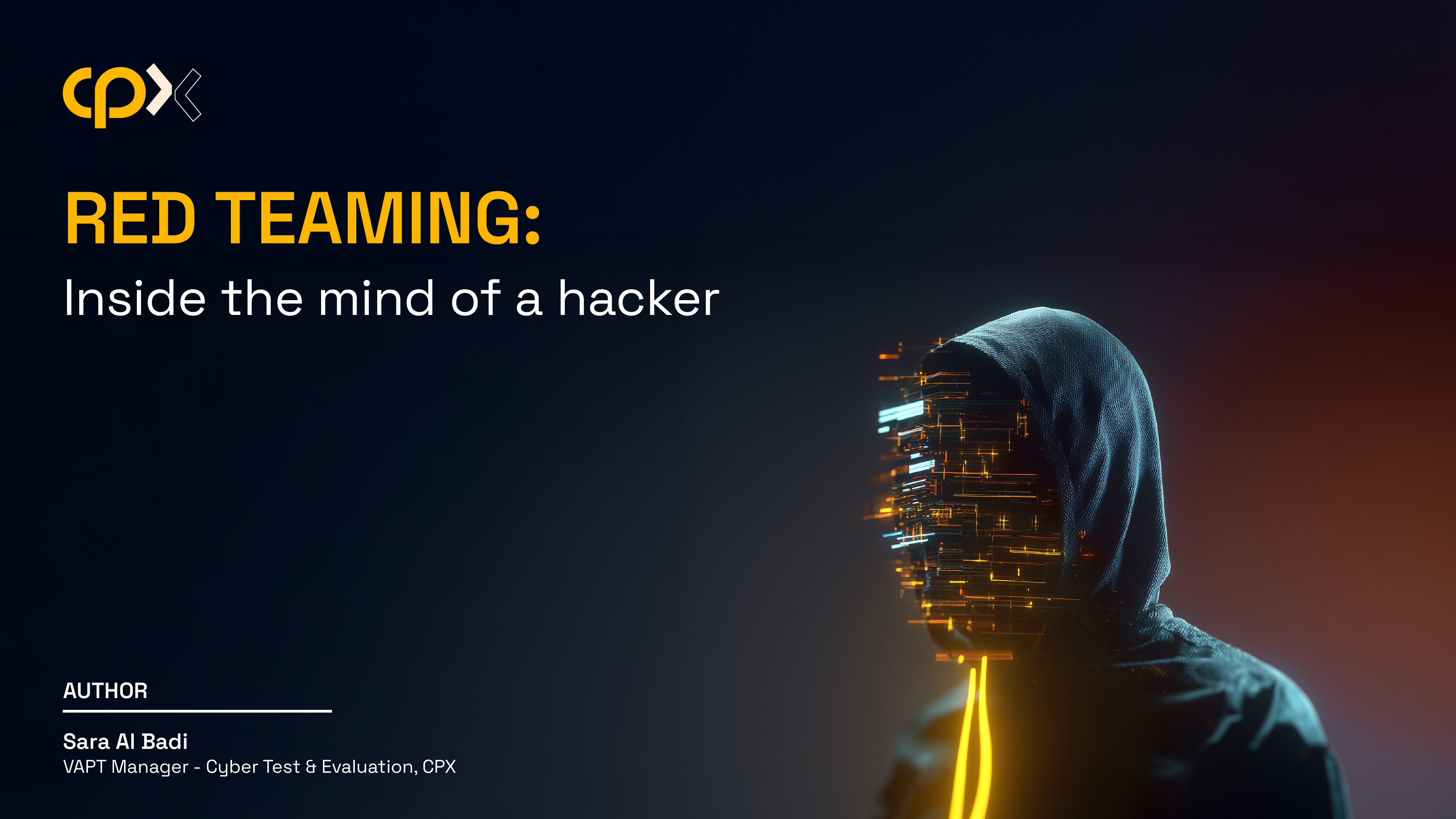07 July, 2025

In today’s digital world, cyber threats don’t knock on the front door, they slip through cracks you didn’t even know existed. As cybercriminals grow more sophisticated, so must the defenders on the front lines. That’s where Red Teaming comes in, a proactive approach to cybersecurity that flips the script by simulating real-world attacks to expose weaknesses before the bad guys do.
Red Teaming is a form of ethical hacking where security experts act like real adversaries. They don’t just test systems, they think, act, and move like real attackers. That means creatively probing your digital, physical, and human defenses using a mix of technical skills, psychological tactics (like social engineering), and strategic planning.
Unlike traditional security audits, Red Team engagements go beyond the standard checklist. Red Teamers dig deeper and go further, because that’s what real adversaries do.
Think of it like a cybersecurity chess match. The Red Team plays offense, trying to break in and move around undetected. The Blue Team plays defense, working to spot intrusions, stop them, and recover.
Rather than being adversarial, this is a strategic collaboration designed to test the organization's ability to detect, respond to, and recover from simulated threats. The goal? To improve cybersecurity resilience across people, processes, and technology.
Vishing is a type of voice phishing scam where fraudsters make phone calls and impersonate a trusted organization to trick people into giving up sensitive information. They often create a sense of urgency to pressure victims.
During a recent Red Teaming engagement, our team identified a critical vulnerability involving a dangling DNS entry. Here’s how we exploited it:
We identified the right target for the vishing call through LinkedIn, where he had publicly listed his role and responsibilities, including direct management of the affected domain’s DNS settings. The phone number was not difficult to source either.
With my strong Emirati accent, I posed as a colleague on the call — fully informed about the DNS history — and claimed to be the manager of the REDACTED application from the engineering team of the REDACTED company.
I carefully crafted a sense of urgency with messages like: “The project must be closed before the end of the year.” and “I’m going on leave, and today is my last day.”
We also layered in a fear of authority: That my manager wouldn’t allow me to take my planned leave if the development environment wasn’t live by the end of the day.
The first “verification” email from the purchased Azure account didn’t go through, as the network engineer confirmed over the call. A second email containing the TXT record was sent from a personal email, adding pressure with urgency and repetitive thankfulness — until the TXT record was finally inserted.
I succeeded in convincing the network engineer from the victim company to insert the TXT record into the DNS registry, allowing us to activate the subdomain for which we had already registered the service.
The result? We successfully took over the subdomain — capturing valid cookies of visitors and enabling information exfiltration. This remains one of the most compelling and effective vishing attacks I’ve carried out in recent years.
In this case, the company needed a well-maintained employee awareness plan to help staff recognize and avoid social engineering attempts. Imagine if this was a real attack, what could have happened!
Cyber threats aren’t just coming from lone hackers in basements. These days, attackers range from global crime networks to nation-state actors. And in a landscape like that, simply reacting isn’t enough.
Red Teaming gives organizations a unique perspective, seeing their security the way an attacker would. It’s one of the most effective ways to uncover blind spots, test response protocols, and strengthen defenses before it’s too late.
Red Teaming isn’t just about spotting flaws. It’s about using those flaws as fuel to improve. It’s about stepping into the shoes of your adversaries so you can stay one step ahead.
In the world of cybersecurity, those who anticipate attacks are always better off than those who only respond. Red Teaming isn’t just a tool, it’s a mindset.
Want to know how CPX helps organizations simulate real-world cyberattacks and build stronger defenses? Talk to our Red Teaming experts today.